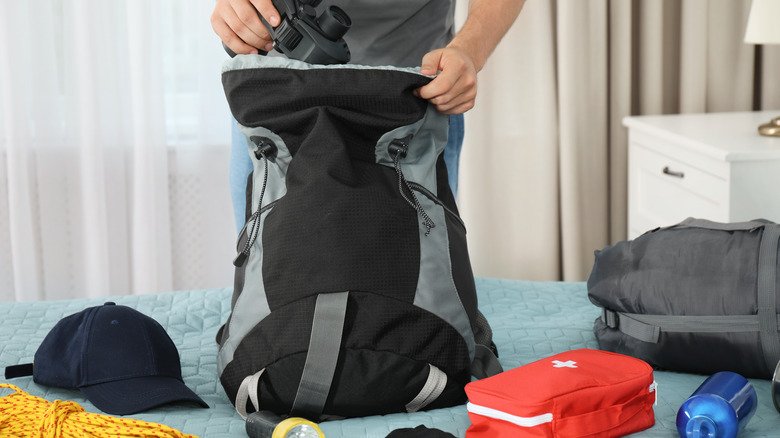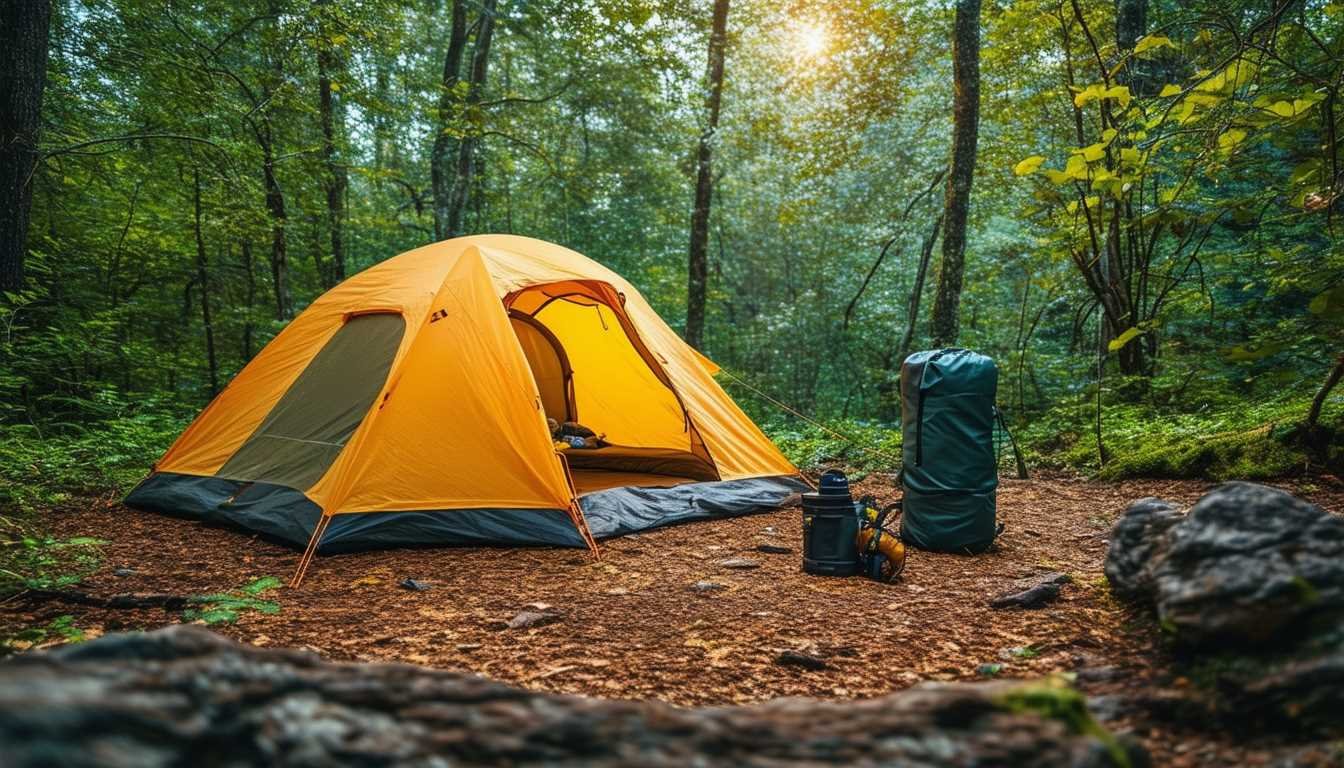Embarking on a camping adventure is a delightful way to immerse yourself in the outdoors, bask in the fresh air, and reap the therapeutic rewards of nature. Properly packing and preparing your gear significantly influences the overall enjoyment and success of your excursion. It’s wise to arrange and test your camping setup well before your departure to ensure no essential item is forgotten. Moreover, for those flying to their destination, understanding TSA regulations for transporting camping gear is crucial to avoid any disruptions at the airport.
Listen to the Article
Pre-Trip Preparations: Organizing Your Camping Gear
Preparing for a camping trip involves more than just gathering equipment; it’s about strategic planning and familiarization. Practicing the setup of your campsite at home can save you significant time and trouble in the wilderness. It also helps confirm that you have all necessary items packed. This preparation includes knowing what can be carried on a plane and what should be purchased upon arrival, ensuring a smooth start to your adventure.
Understanding TSA Guidelines for Camping Equipment
When flying, the first step to a hassle-free airport experience is knowing what camping items are permitted in both carry-on and checked baggage. TSA often updates their regulations, so checking their guidelines before packing is a must. Common camping gear like stoves can be transported in checked luggage provided they are free of fuel. However, any form of fuel canisters, crucial for many camping stoves, are prohibited in both carry-on and checked bags.
Key Camping Items and Airport Security
Several camping essentials are subject to strict TSA rules due to their potential use as weapons or their flammable nature. For instance, while you can bring items like your trusty cast-iron skillet, it must travel in your checked luggage. Similarly, tools such as hatchets, knives, and even tent stakes, while indispensable in the wild, must also be stored in checked baggage due to their sharp and potentially dangerous nature.
Packing Your Tent and Sleeping Equipment
Deciding how to pack bulkier items such as tents and air mattresses requires careful consideration of airline luggage allowances. Tents and their poles, while allowable in both carry-on and checked luggage, might be more practical to check due to space constraints in overhead bins. The same principle applies to air mattresses, especially those with built-in pumps, which must comply with carry-on restrictions regarding size and weight.

Guidelines for Carrying Insect and Bear Repellents
Protecting yourself against insects is vital during camping, and fortunately, TSA allows insect repellents in carry-on bags if they are 3.4 ounces or less. Larger quantities must be checked in. It’s important to note that repellents meant to be sprayed in the environment rather than applied to the skin are not permitted in either carry-on or checked luggage. Regarding bear spray, despite its potential necessity in bear country, it is prohibited in both carry-on and checked bags due to its hazardous ingredients. Purchasing bear spray after arrival might be the safest option.
Strategies for a Smooth Airport Experience with Camping Gear
To avoid the pitfalls of airport security, pack strategically by checking the latest TSA regulations and planning your luggage contents accordingly. Label all gear clearly, and consider using TSA-approved locks for your checked baggage. Being informed and prepared can make the difference between a frustrating start to your trip and a smooth journey to your outdoor adventure.
By understanding and adhering to TSA guidelines, campers can ensure that they arrive at their destination fully prepared and without incident, ready to enjoy the great outdoors. With the right preparation, your journey into nature can be as seamless and enjoyable as the wilderness itself.




